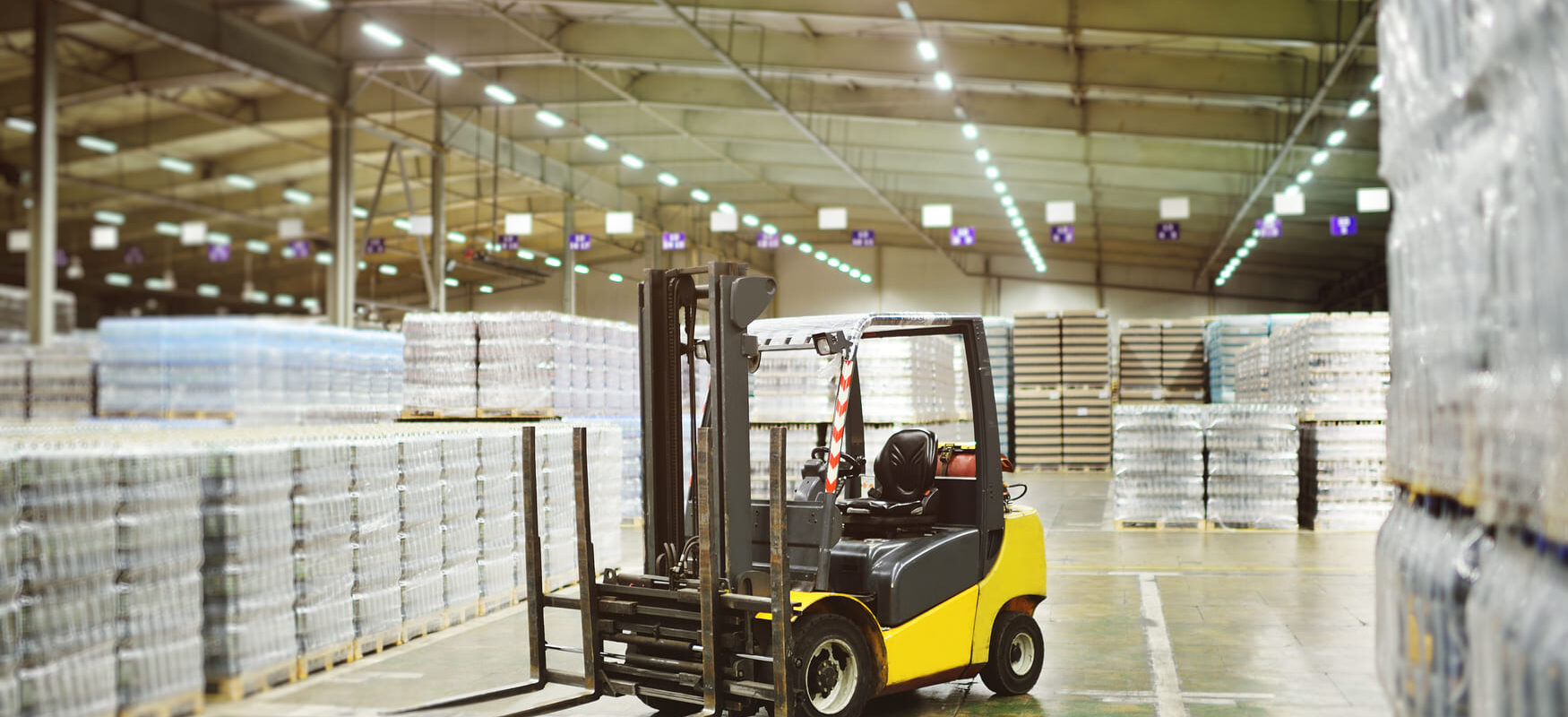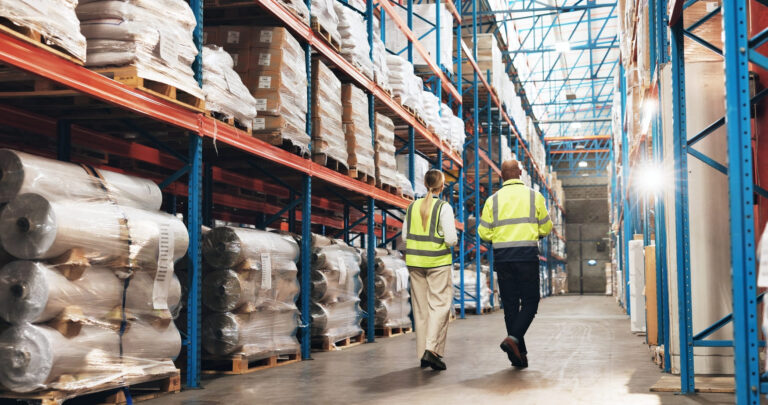Common Challenges in Food Warehousing and How to Solve Them

Operating a warehouse that stores food comes with unique responsibilities that go far beyond basic storage. From maintaining strict food grade warehouse requirements to navigating high-demand seasons and managing recalls, the challenges are real—and the stakes are high. Whether you’re running a food manufacturing warehouse or offering food warehouse services, knowing how to address these issues is key to ensuring safety, efficiency, and customer satisfaction.
What is Food Grade Warehousing
Food grade warehousing refers to storage facilities that meet specific standards and requirements to safely store food and beverages products. These warehouses are designed to prevent contamination and spoilage, ensuring that food remains safe for consumption.
The food and beverage warehousing market is growing rapidly. According to recent reports, the market size is estimated to grow at a CAGR of 18.76% between 2022 and 2027, with an expected increase of USD 366.29 billion during this period.
Why Food Warehousing Is Important:
- Preserves Food Quality and Safety
Food products—especially perishables—require specific temperature and humidity levels to prevent spoilage. Food warehouses are equipped with refrigeration, frozen, or ambient temperature zones to ensure products stay fresh and safe for consumption. - Supports Supply Chain Efficiency
Food warehousing acts as a central hub between production, processing, and distribution. It allows food companies to store bulk products and distribute them efficiently to retailers, restaurants, or directly to consumers. - Ensures Compliance with Regulations
Food warehouses must comply with standards set by authorities like the FDA, USDA, or local health departments. Proper storage reduces the risk of contamination and helps companies meet legal and safety requirements. - Reduces Waste and Cost
By maintaining optimal storage conditions, food warehousing helps prevent spoilage and product loss, which saves money and reduces environmental impact. - Enables Inventory Management
Warehousing allows food companies to track inventory levels, manage expiration dates, and rotate stock (FIFO/LIFO), ensuring timely delivery and reducing the chance of expired products.
Common Challenges in Food Warehousing
1. Spoilage Prevention Strategies
Preventing spoilage is a top priority in food warehousing. Even minor lapses in temperature control or humidity can compromise the integrity of the product. A well-run food grade warehouse must meet regulatory standards while preserving freshness and shelf life.
Solutions:
- Temperature-Controlled Zones: Invest in reliable food storage warehouse systems with cold and ambient zones to handle various food grade product warehousing needs.
- Inventory Rotation: Apply FEFO (First Expired, First Out) practices to reduce waste while warehousing food products.
- Environmental Monitoring: Equip the facility with smart sensors that track temperature and humidity in real-time.
- Sanitation Standards: Follow strict cleaning protocols to maintain a compliant and hygienic environment for food grade warehousing.
2. Managing Inventory During Peak Demand
Holiday seasons and promotional events can cause major spikes in demand. If not properly managed, these periods can lead to overstocked shelves, missed deliveries, and wasted goods.
Solutions:
- Scalable Solutions: Opt for flexible food warehouse services that can quickly adjust to seasonal demands with additional labor or storage space.
- Forecasting Tools: Use demand forecasting based on historical sales and trends to prepare the food manufacturing warehouse ahead of time.
- WMS Integration: A robust Warehouse Management System improves accuracy and real-time visibility when warehousing food products during busy periods.
3. Dealing with Recalls and Traceability Requirements
In today’s food industry, the ability to respond quickly to recalls is not just a best practice—it’s a necessity. Ensuring full traceability is one of the core food grade warehouse requirements.
Solutions:
- Lot-Level Tracking: Utilize barcode or RFID systems to track each batch through every step of the food storage warehouse process.
- Documentation & Compliance: Maintain accurate records to ensure quick responses in case of a recall.
- Integrated Systems: Sync inventory and traceability data to streamline response times and keep your food grade warehouse compliant with FDA or USDA regulations.
Final Thoughts
The success of any food warehousing operation depends on its ability to maintain quality, ensure safety, and meet fluctuating demand. Whether you’re handling raw ingredients in a food manufacturing warehouse or distributing packaged goods through a food storage warehouse, the right systems and strategies can make all the difference. By investing in proper infrastructure, embracing technology, and staying compliant with food grade warehouse requirements, your facility can deliver reliable, top-tier food warehouse services year-round.
Ready to Find the Perfect Food Warehouse?
At OLIMP, we make it easy to find the ideal food-grade warehouse that meets all your storage needs. Whether you need temperature controlled, strict hygiene protocols, or flexibility during peak seasons, we connect you with trusted facilities that keep your products safe and compliant.
Start your search today! Visit OLIMP Warehousing Solutions to find the perfect warehouse for your food storage needs and streamline your logistics.
You may be interested in

Best Practices for Warehouse Receiving Processes
In this article, we’ll discuss the best practices for optimizing your warehouse receiving processes. Whether you’re looking to improve accuracy, speed, or communication, these strategies will help you achieve your goals. What is the warehouse receiving? The warehouse receiving process is a critical first step in both inventory management and ecommerce fulfillment. It encompasses everything […]

Mastering Warehouse Logistics for Streamlined Supply Chain Operations
Warehousing and logistics are key to efficient supply chains, ensuring smooth movement of goods while reducing costs and enhancing customer satisfaction. With global expansion and rising e-commerce demands, businesses must adopt strategic planning and innovative technologies to stay competitive. Investing in efficient logistics solutions helps companies streamline operations, adapt to market shifts, and maintain a […]

How to Choose the Best 3PL for Your TikTok Shop Fulfillment
The e-commerce boom has made third-party logistics (3PL) providers essential for businesses looking to streamline warehousing, shipping, and order fulfillment. For TikTok Shop sellers, partnering with the right TikTok fulfillment center can mean the difference between capitalizing on viral success and struggling with shipping delays. But not all 3PLs are equal. The wrong provider can […]